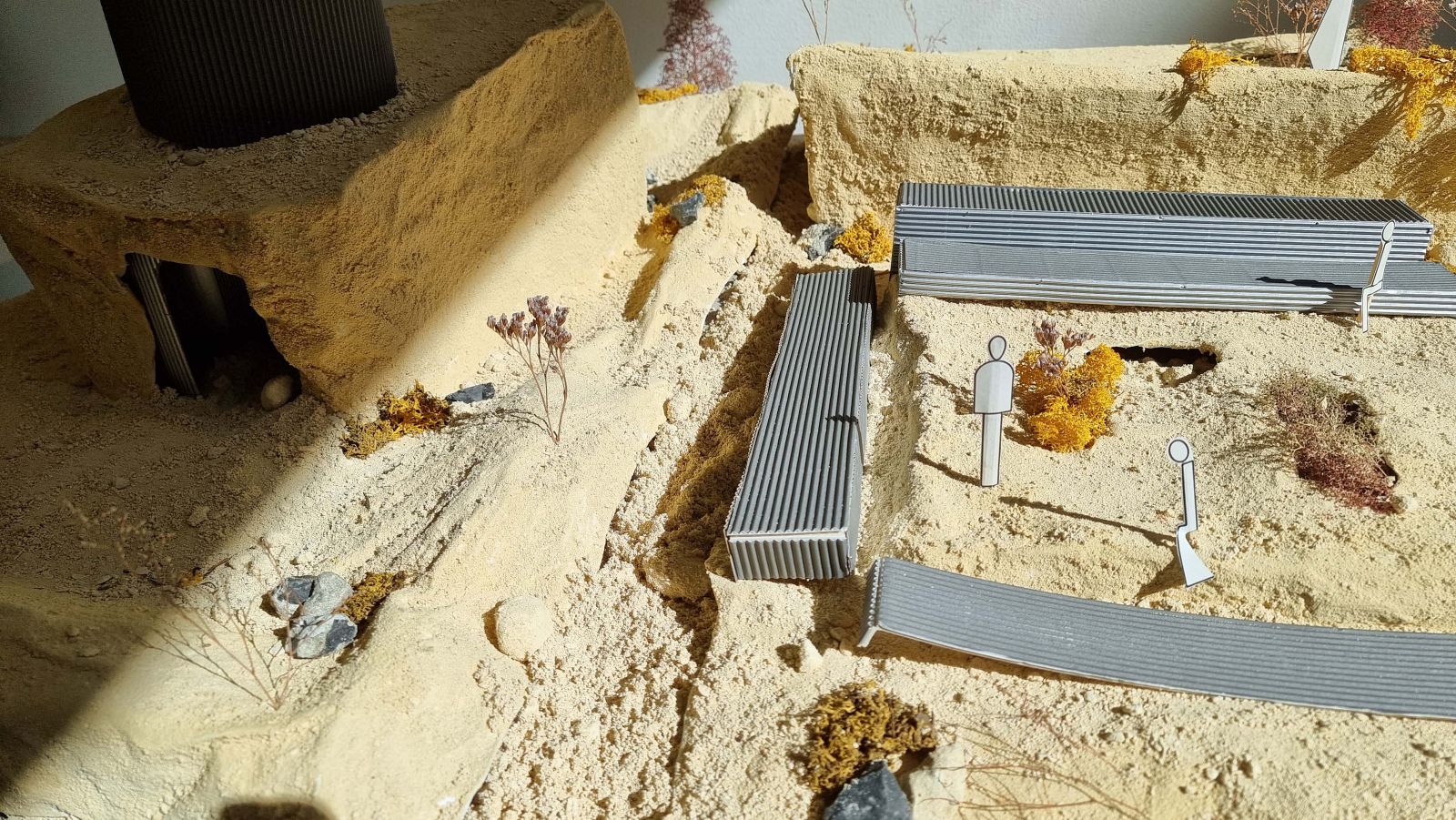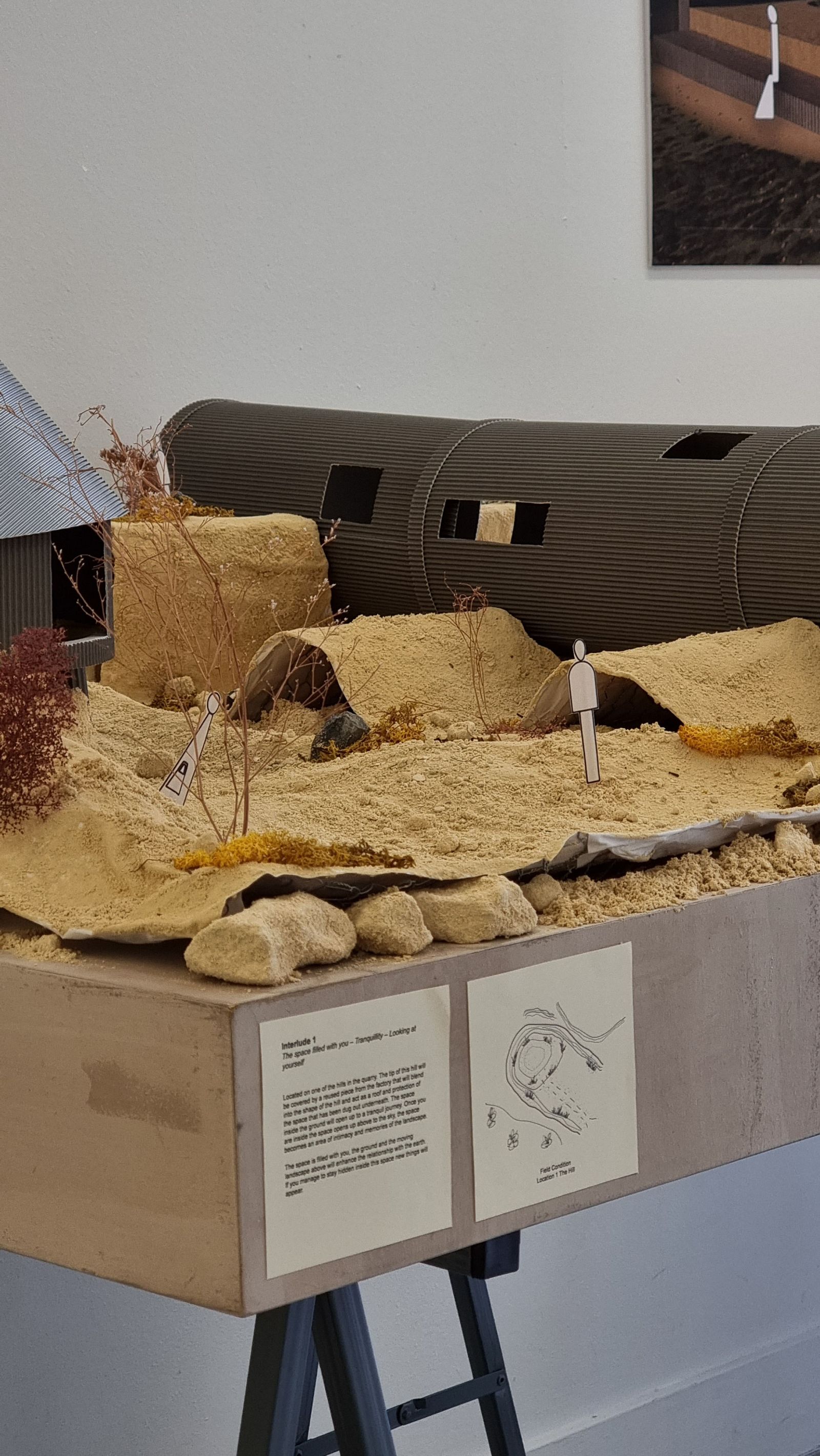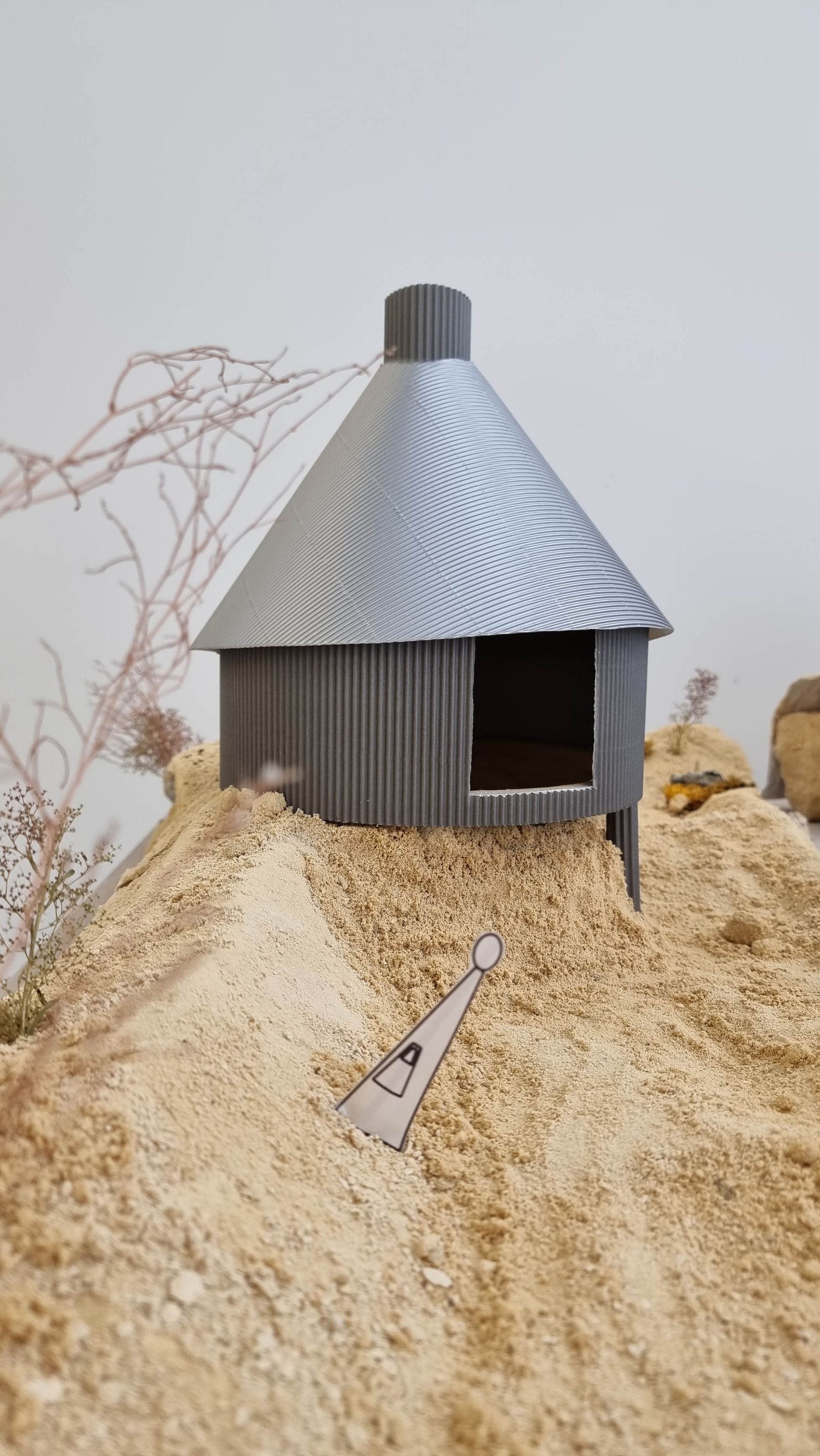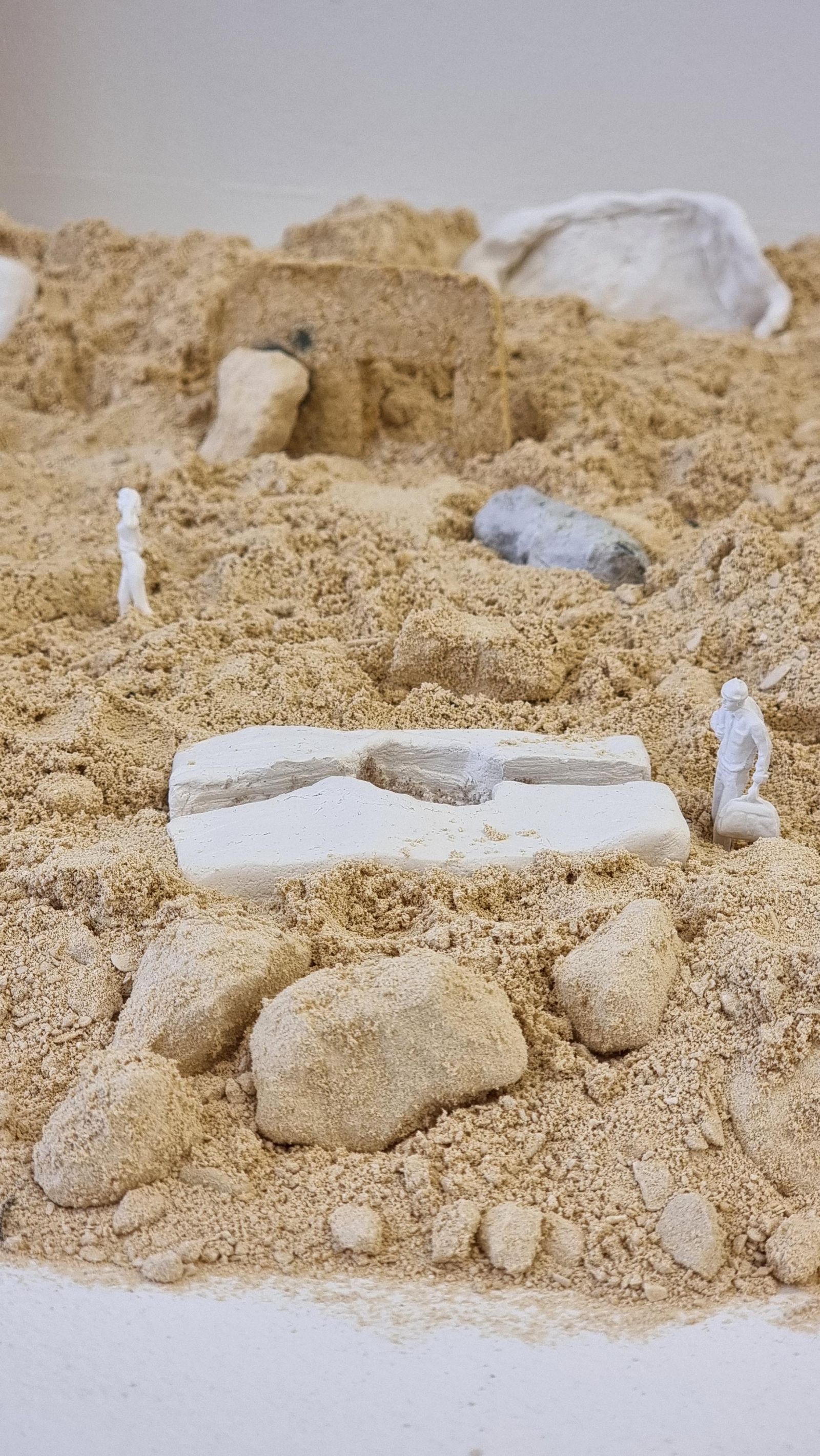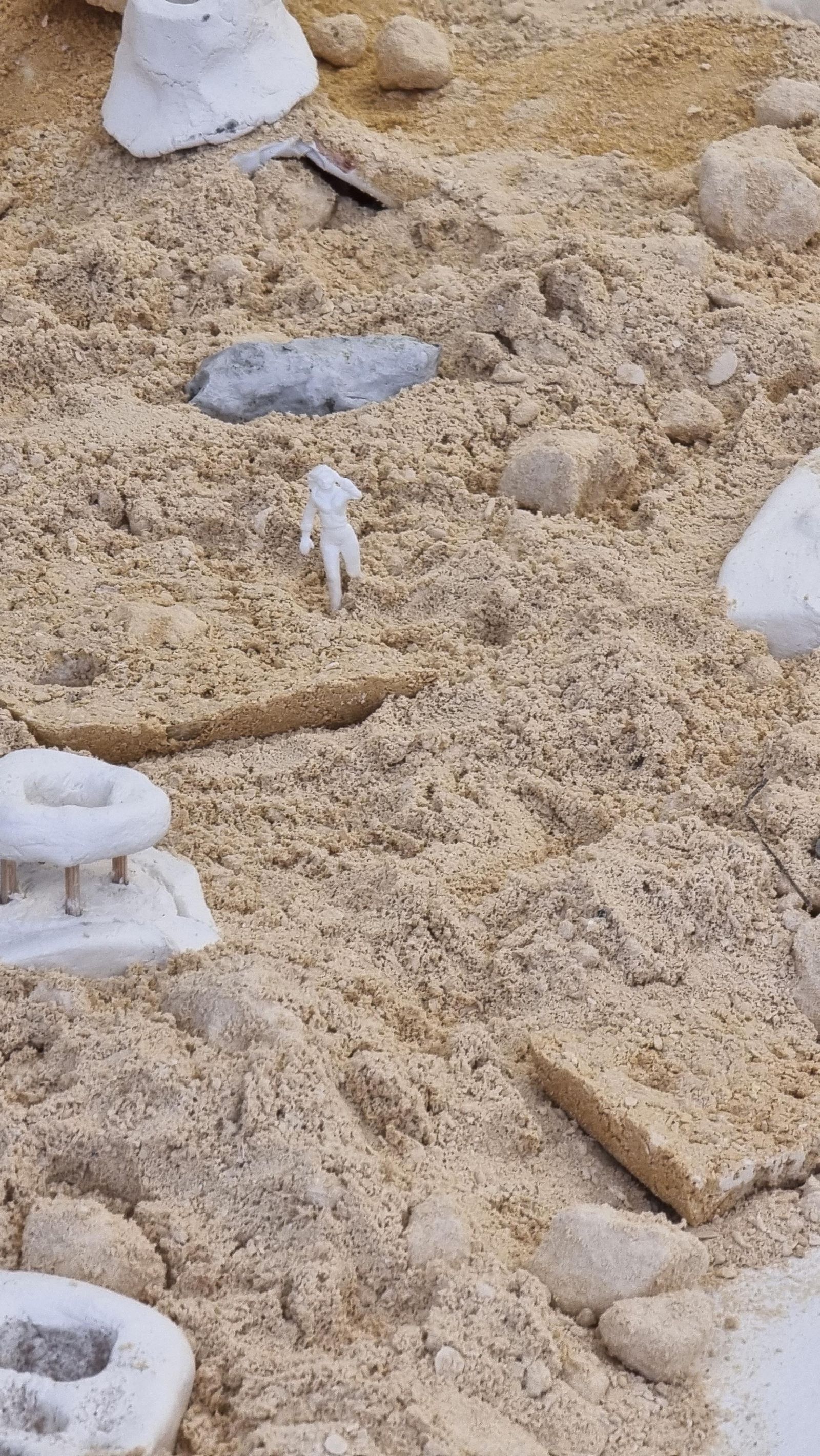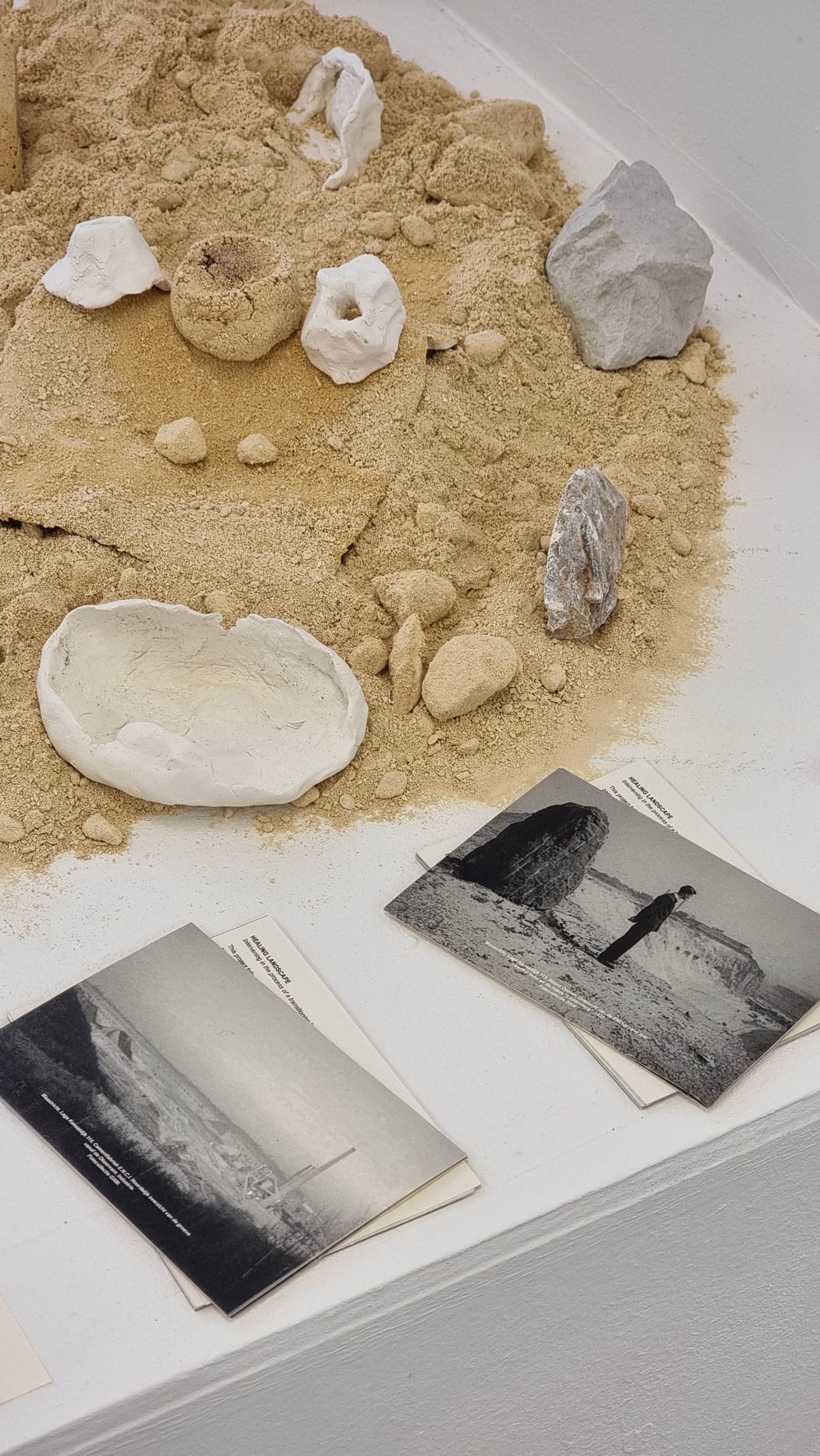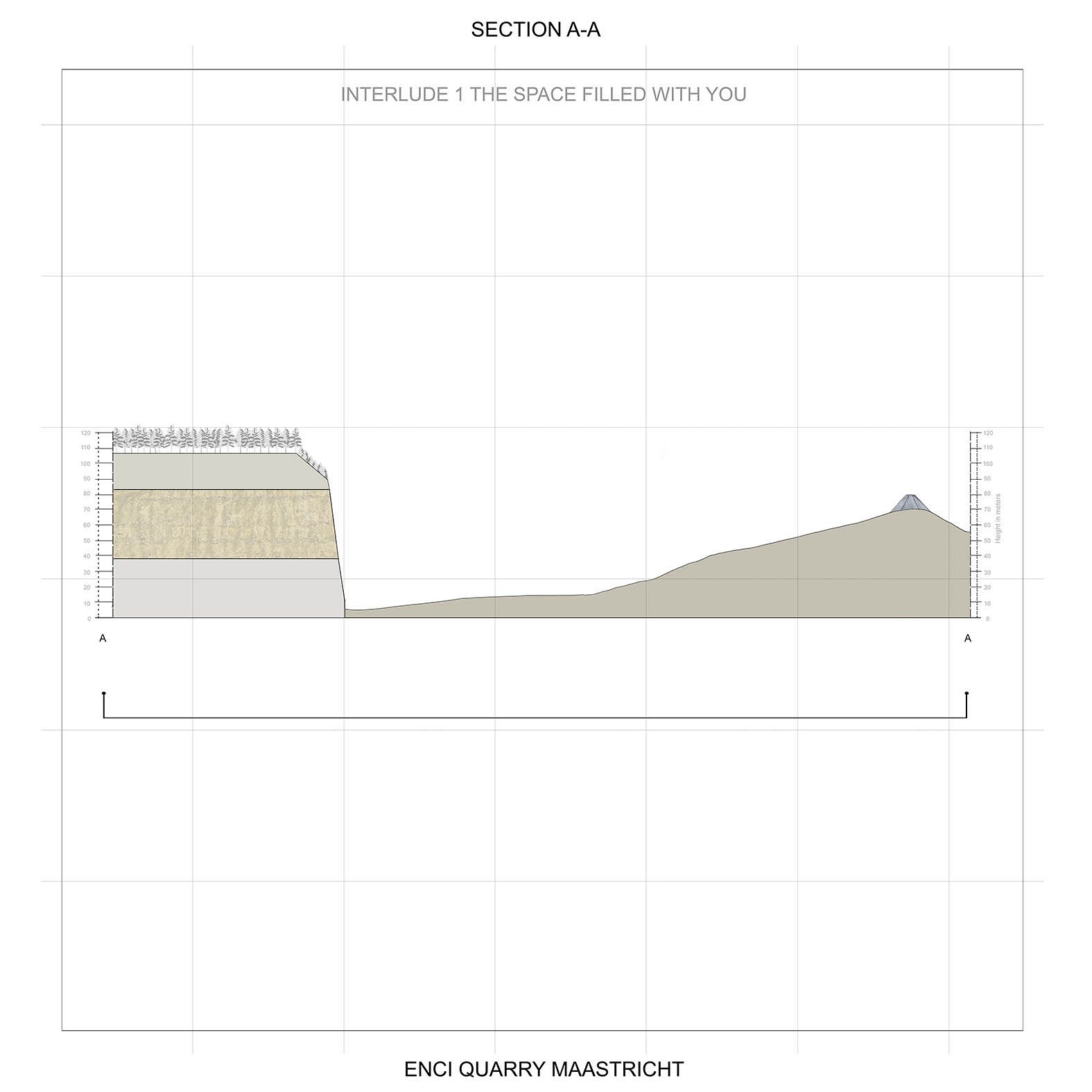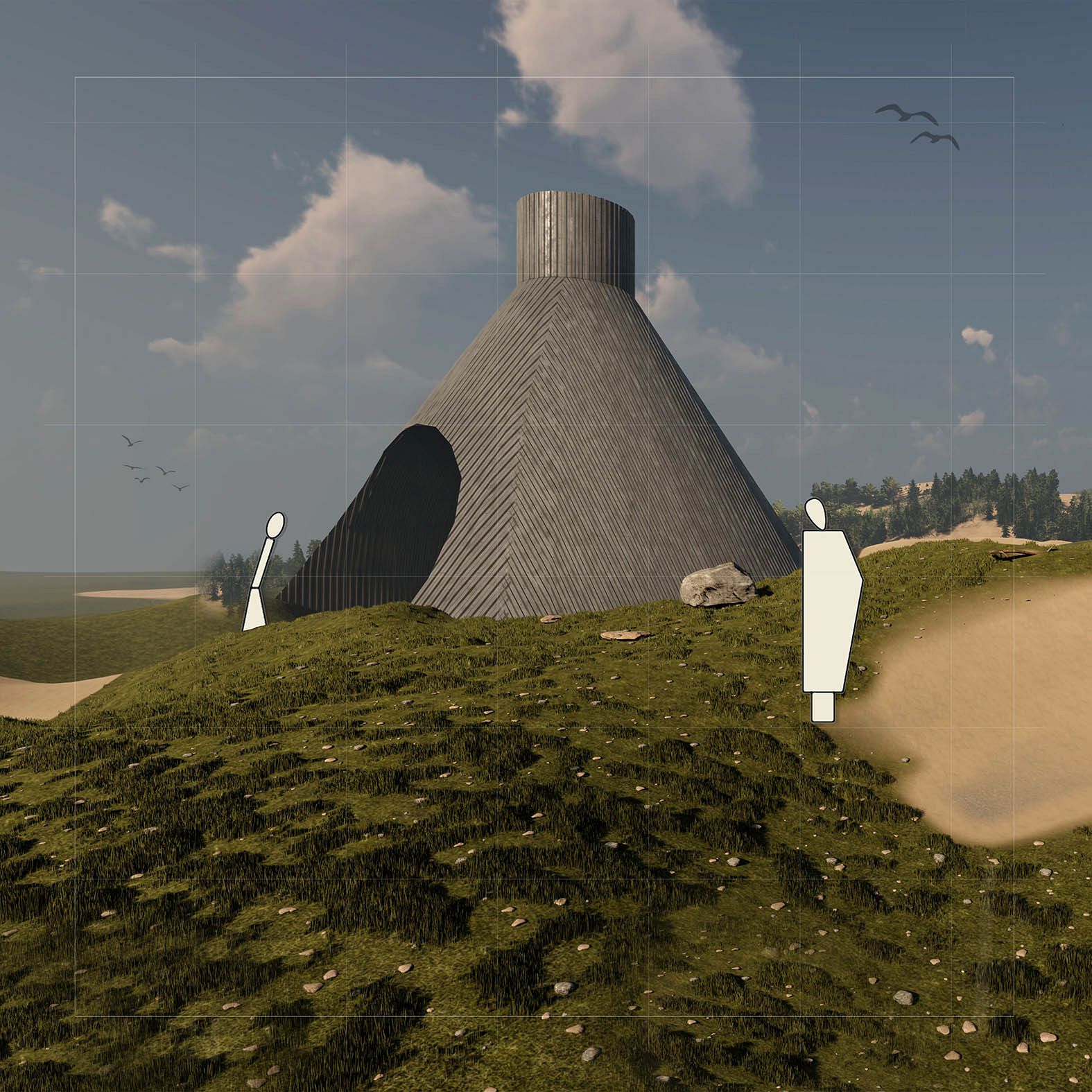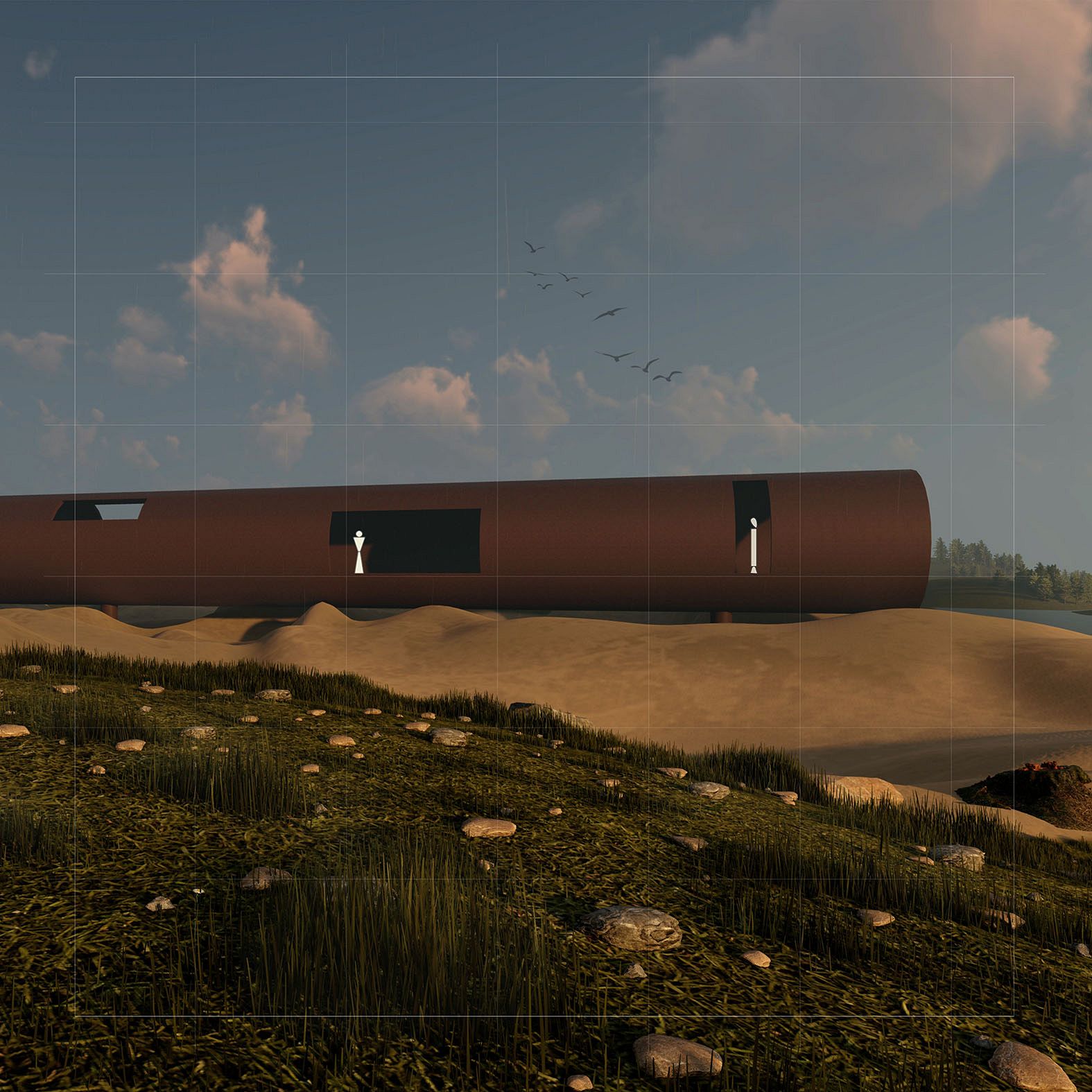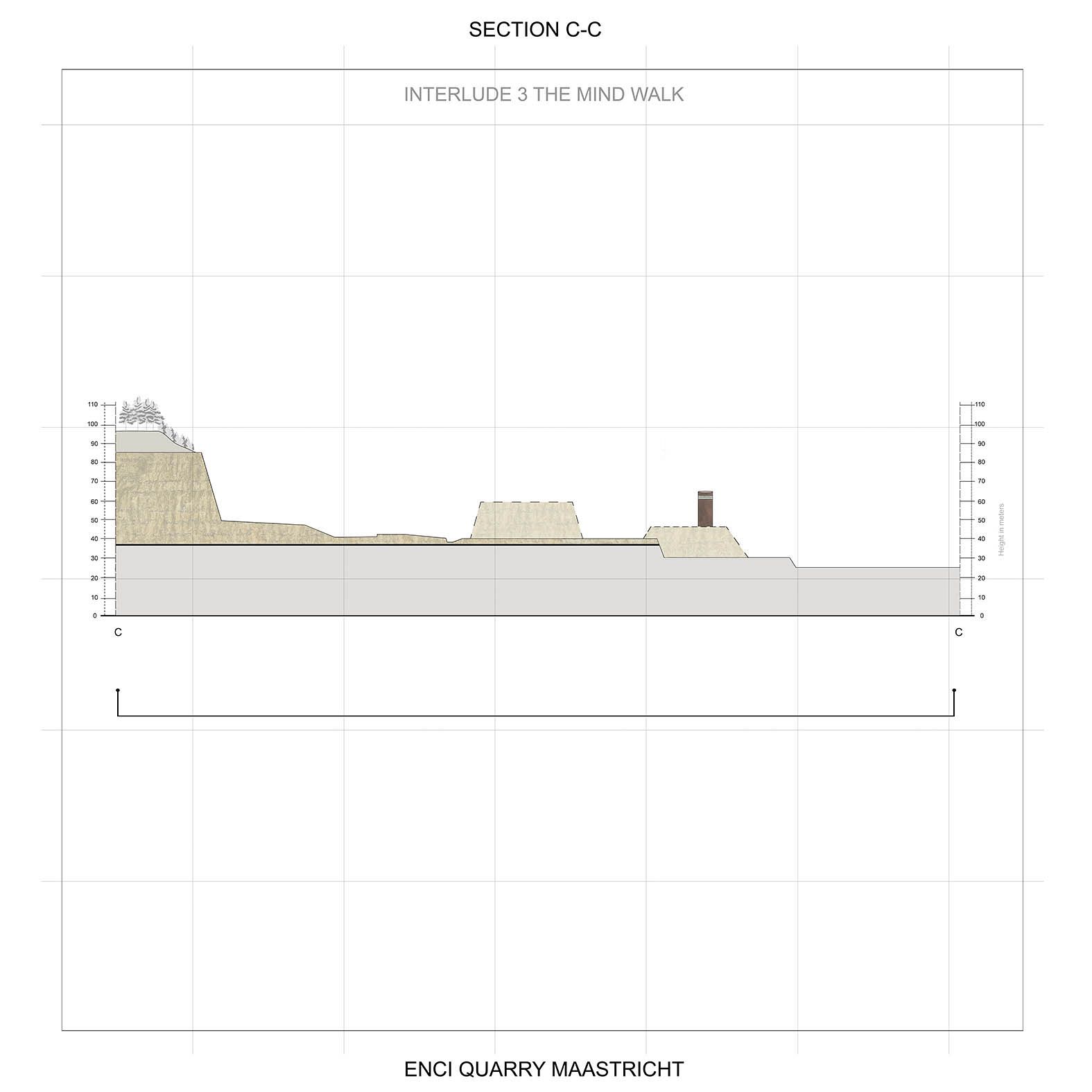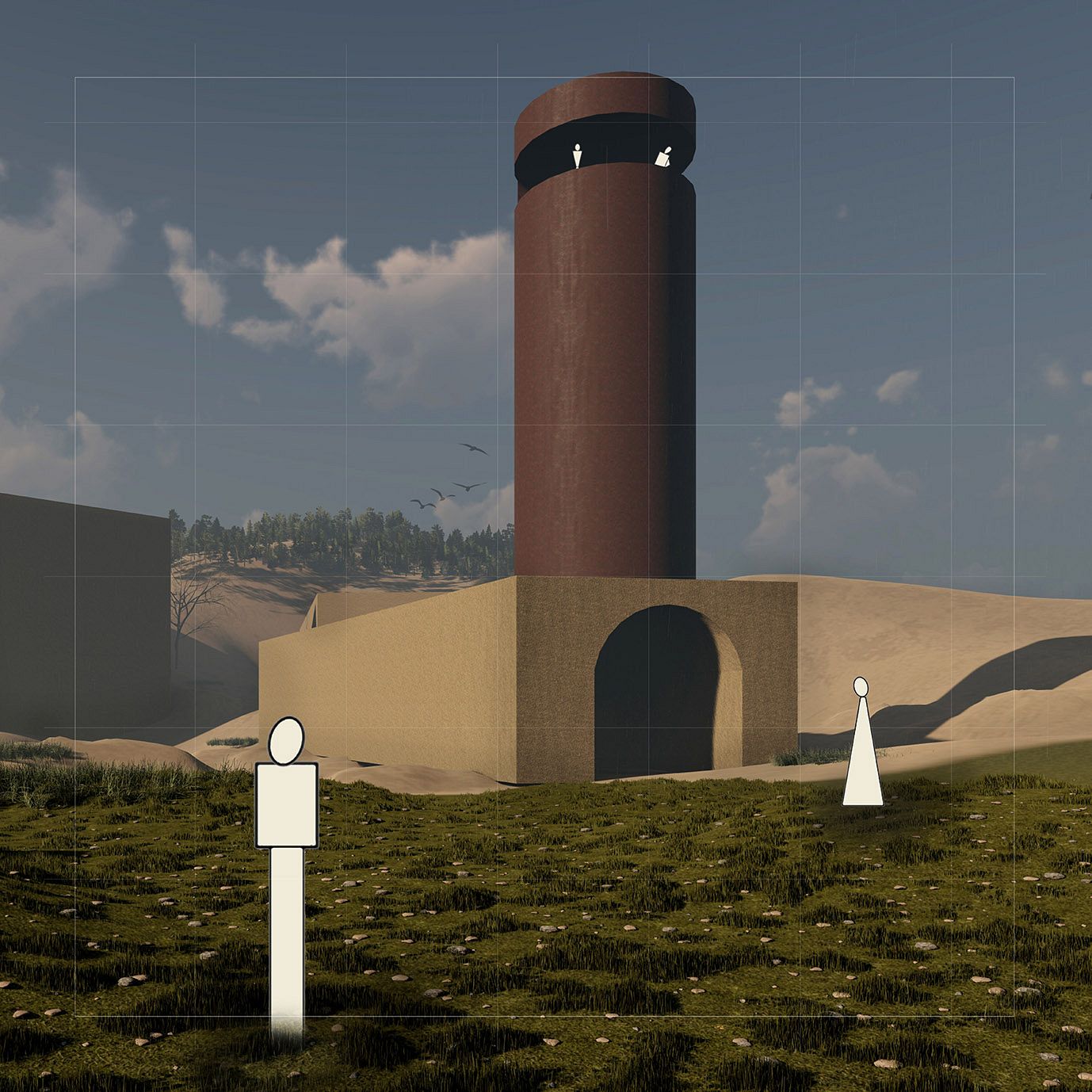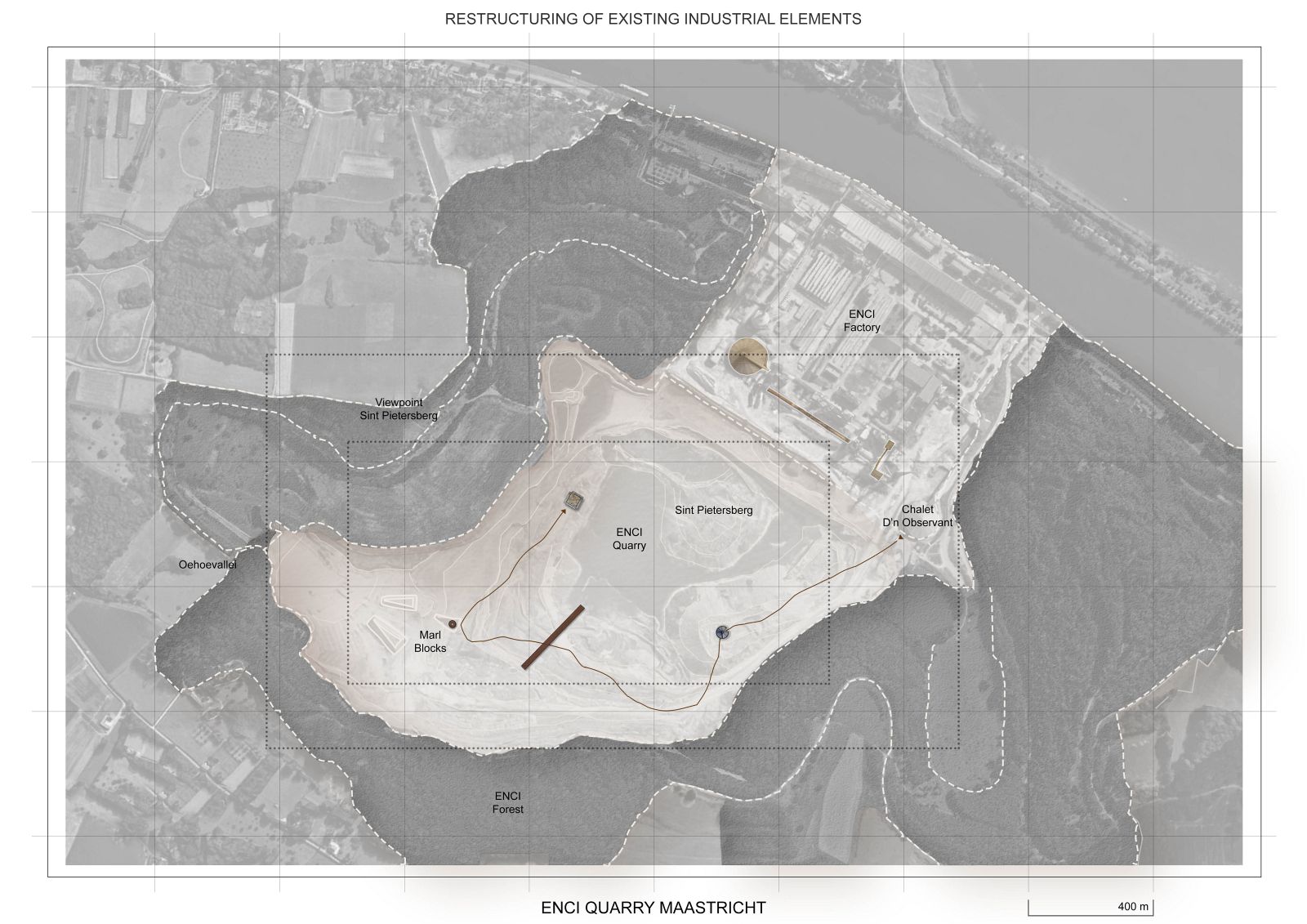
Healing Landscape
Intervening in the process of a transitioning landscape
This project follows on my research titled ‘’Earth-Bound’’ that started from investigating vernacular architecture of the past and their building methods. Specific to vernacular architecture is the strong relationship with the ground and the use of traditional materials and resources from the area. This analysis led me to the remarkable landscape close to Maastricht, the ENCI- Quarry where for years the excavation of marl took place to produce cement. Now the mining has stopped, the factory has closed its doors and left a unique, powerful but unusual landscape with remains that tell a story of manipulation.
How can the spatial damage to the old quarry be reduced and reused for new values that will introduce a unique response to environmental metamorphoses? This question led me to the narrative on the relationship with the extracted territory and the leftover industrial spaces. Mining is an ongoing process; it shifts the meaning of the ground from time to time and challenges the fact that industries are created in a fixed moment while the ground is constantly undergoing transformations. Besides, these former industry landscapes often end up in the cycle of transitioning into a cultural and touristic landscape. How can I as a designer intervene in this process of transition?
My spatial interventions aim to represent the idea of this healing process of the landscape towards the scarred mining geography. A series of interventions highlight the ground that was taken away in order to spark the visitor’s imagination and invite them to explore their immediate surroundings. This path and journey intend to give time to reflect on how we interact with the ground, its form, and resources.
This project disputes the idea of time and temporality in a transitioning industry landscape and longs to form an example and inspiration to address on how we can build more adaptable spaces with a strong relationship with the ground.
